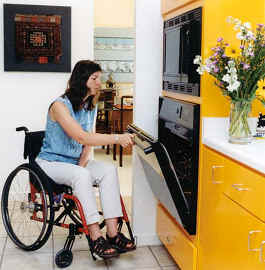![]()
Search
Recent Posts
- ChangingAging.org Redesign -- Please Bookmark!
- Disaster in Buffalo
- Power Up Friday
- Blanchard WinsDays
- Kevin Frick writes...
- Monkhouse Monday
- Getting Closer!
- Blanchard WinsDays
- Power Up Friday
- My Pick for Health and Human Services
- Understanding Health Care Reform
- Facts Are Stubborn Things: Social Security Edition
- Monkhouse Monday
- Localism is Coming
- Krugman Can't Wait...
Recent Comments
- tom mondloch on
Monkhouse Mondays: Montréal Ageing and Design Conference - Nich on
Monkhouse Mondays: Montréal Ageing and Design Conference
Category Archives
- AGING 100
- Aging
- Culture
- Dementia
- Eden Alternative
- Erickson School
- Green House
- Health Policy
- Longevity
- Media
- Rockets
Monthly Archives
- February 2009
- January 2009
- December 2008
- November 2008
- October 2008
- September 2008
- August 2008
- July 2008
- June 2008
- May 2008
- April 2008
- March 2008
- February 2008
- January 2008
- December 2007
- November 2007
- October 2007
- September 2007
- August 2007
 Subscribe to this blog's feed
Subscribe to this blog's feed
Announcements

Blog Data
« Is Grandpa Bad for the Environment? | Main | The World is Changing »
September 15, 2008 |Permalink |Comments (2)
Monkhouse Mondays: Montréal Ageing and Design Conference
I would like to share some more learning: A Japanese speaker talked about universal design. He asserted that we should equip older persons’ homes with all the universal design features which can help reduce disability and support functioning. Only 2 percent of homes are currently equipped to compensate for functional limitations. What we do instead, he asserted, we tend to send human resources, people, carers, into homes where adaptation would do. These carers provide no social company, because their job is rushed, timed by the minute.
I asked him if he had ever quantified how many human resources could be put to better use elsewhere, if we adapted peoples’ homes universally? He said he had not, but agreed that we should.
-- Christa Monkhouse

Comments ( 2)
The idea of freeing up the resources, human or otherwise, that are needed because of poor architectural design is appealing. However, I am curious about the degree to which carers are in fact not interacting socially with their patients/clients. If you agree with the idea that in-home hourly workers don't provide social interaction, what are the implications for the current movement toward aging in place programs? If care can be averted because of universal design that's better than needing care prematurely, but I question the assumption that the social benefit of hourly care workers is equal to or less than universally designed kitchens.
A very important issue for helping elders grow. Would like to know more about latest in retrofitting existing homes for universal design components.














